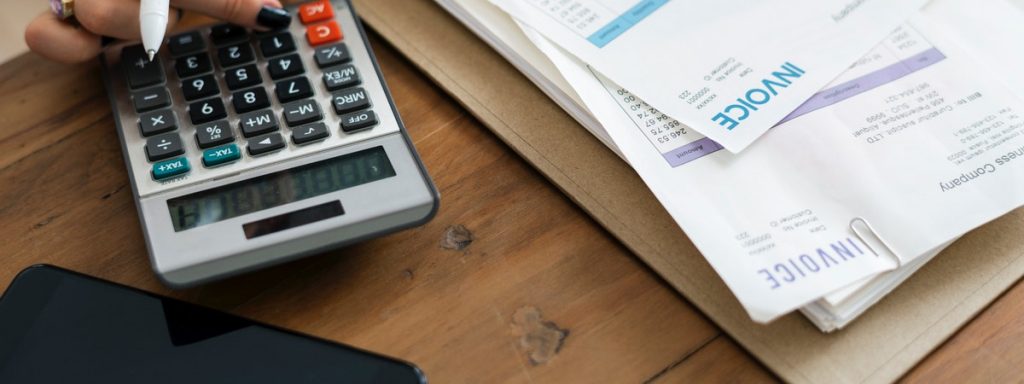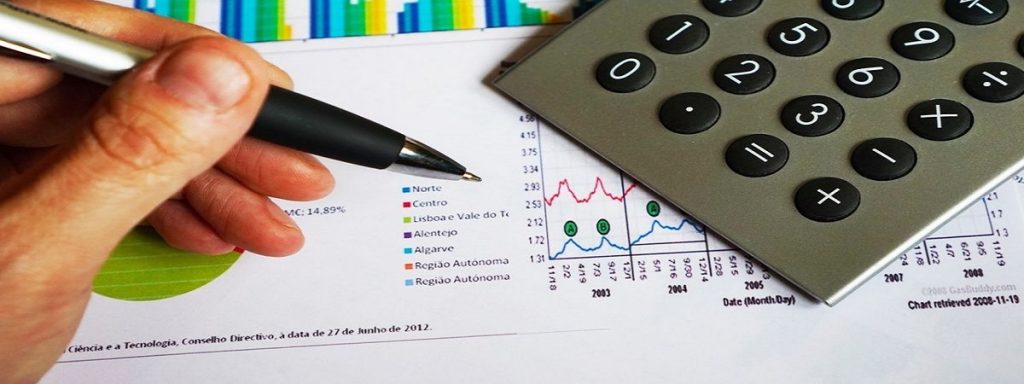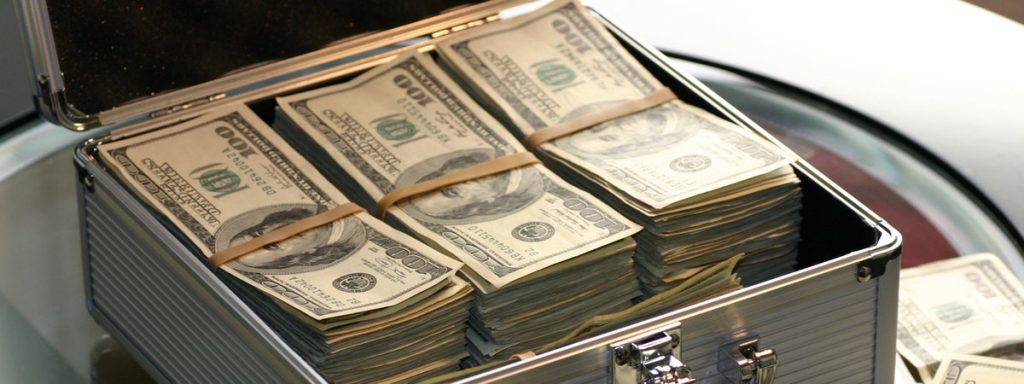SSI stands for Supplemental Security Income and it is a federal program that offers disability benefits to individuals. If you receive disability benefits through the federal Supplemental Security Income (SSI) program then the Social Security Administration (SSA) can check your bank account. SSA usually checks the bank account to verify if you have met the program requirements. On the other hand, if you are receiving Social Security Disability Insurance (SSDI) or regular Social Security Retirement Benefits then Social Security Administration (SSA) won’t check your bank account.
How Often Does Social Security Disability Review Bank Account?

When you qualify for disability benefits programs, your application is categorized into one of three categories. They are –
1. Medical Improvement Expected (MIE)
2. Medical Improvement Possible (MIP)
3. Medical Improvement Not Expected (MINE)
Depending on which category your application falls under, it determines when you will be receiving continuing eligibility reviews and how long you will receive Social Security Disability benefits. If your application is labeled as MIE then SSA expects that your condition will improve in the future; therefore, you will be given a continuing eligibility review for at least six to eight months. Within this period, if your condition improves and you can return to work then your benefits will be discontinued. However, if your health condition doesn’t improve in that time frame then your disability payments will continue and you will receive another review period of six months.
On the other hand, if your case is labeled as MIE then SSA thinks your condition might improve but chances are less. In this type of situation, you will be given a continuing eligibility review for a period of two to five years. If, in this time frame your condition improves then your benefits will be discontinued. But if your health condition doesn’t improve within this time frame then you will continuously receive disability payments and will be up for review again in another 2 to 5 years.
If your application is labeled as MINE, then SSA thinks your condition won’t improve. However, you will still undergo continuing eligibility reviews from SSA approximately every 5 to 7 years. If your condition doesn’t improve then you will continue to receive benefits until you reach retirement age. Then, your disability benefits will convert over to Social Security Retirement benefits.
How Do You Qualify For SSDI?
You have to fulfill some requirements to qualify for SSDI. They are –
1. Under 65 years old
2. Not working or earning a significant amount
3. Disabled by an SSA-recognized “long-term” disability
4. Someone with a sufficient work history
Which Disabilities Qualify For SSDI?
SSDI doesn’t approve the application for all types of disabilities. You must be diagnosed with a disability that is recognized by the SSA. Disabilities that are qualified by SSDI are –
1. Musculoskeletal problems (i.e., severe back injuries)
2. Cardiovascular conditions (i.e., congestive heart failure or artery disease)
3. Respiratory conditions (i.e., COPD, emphysema, or chronic asthma)
4. Kidney disease
5. Liver disease
6. Digestive tract disorders (i.e., Crohn’s or IBS)
7. Immune System Disorders (i.e., lupus, rheumatoid arthritis, and HIV/AIDS)
8. Skin disorders (i.e., severe dermatitis)
9. Hematological/blood disorders (i.e., bone marrow failure, some forms of anemia)
10. Cancer
11. Neurological disorders (i.e., MS, Parkinson’s, cerebral palsy, epilepsy)
12. Mental illnesses and disorders (i.e., chronic depression or anxiety, schizophrenia, autism, or intellectual/developmental disorders)
Resources Under The SSI Program
If you want to qualify for SSI then you have to verify that your resources do not exceed allowable limits. According to the SSI program, individuals can’t have $2,000 in countable resources and couples can’t have more than $3,000. Resources that don’t count toward the resource limit are –
1. The home you live in and the land it is on
2. Small blue and black arrow one vehicle, if you or a member of your household use it for transportation
3. Small blue and black arrow household goods and personal effects
4. Small blue and black arrow life insurance policies you own with a combined face value of $1,500 or less
5. Small blue and black arrow burial plots or spaces for you or your immediate family; small blue and black arrow burial funds of up to $1,500 each for you and your spouse’s burial expenses
6. Small blue and black arrow property you or your spouse use in a trade or business
7. Up to $100,000 of funds in an Achieving a Better Life Experience (ABLE) account established through a State ABLE program
In addition to the above information, SSI has a category of resources called “deemed” resources. A deemed resource is a part of the resources of the potential claimant’s spouse, parent, parent’s spouse, sponsor of an alien, or sponsor’s spouse. These requirements are in place to prevent fraudulent transfers of resources among parties.
How SSA Verifies The Resources
In 1999, Congress granted authority to the SSA to verify financial accounts. This authority helps SSA to verify that SSI recipients don’t have financial resources above the eligibility limit. SSA implemented this authority to give the SSA permission to contact their bank. If the claimants do not give SSA permission to contact the financial institution they approved then you won’t be eligible for the program. SSA uses an electronic system to verify resources and bank account balances to determine if the individual is eligible for SSI. Moreover, SSA’s system searches for accounts geographically near the SSI applicant or beneficiary. Therefore, when you are applying for SSDI don’t hide any resources.
Savings Options For SSI Beneficiaries

The Social Security Administration (SSA) makes exceptions for various savings, vehicles, and programs designed for disabled and low-income people. Using these facilities, beneficiaries can have well over $2,000 in savings and still can receive SSI benefits.
1. Achieving A Better Life Experience (ABLE)
ABLE accounts provide a tax-free savings opportunity for disabled people that were diagnosed before they reached age 26. The first $100,000 in an ABLE account is not a countable resource for SSI which is also an advantage. If the balance is over $100,000 then SSA will calculate whether you meet the cap on assets. In most states of the USA, you will be able to open an account through ABLE programs.
2. Plan To Achieve Self-Support (PASS)
This is a type of written plan that you have to submit to Social Security outlining which is a work-related goal and it will help you become financially self-sufficient and reduce your need for disability benefits. With a PASS, you can easily set aside money to fulfill the minimum requirements. You can use the money for education, childcare, or assistive technology because this money won’t be considered a countable resource for SSI.
3. Individual Development Accounts (IDAs)
IDAs provide vehicles for people with low incomes to help them save money for education, buying a first home, starting a business, etc. If you want to open (IDAs) then you must be working and receiving Temporary Assistance for Needy Families (TANF) benefits. When you receive funds from state and federal aid programs, the amount won’t be counted when determining your eligibility for SSI. You can contact your state TANF agency for more information.
How To Maintain Eligibility For SSI
The best way to maintain eligibility for SSI is to review your resources with a qualified disability lawyer. Moreover, if you are planning to apply for SSI then you can also consult a qualified disability lawyer and review your resources. However, if you exceed the resource limit and SSI performs a review the SSA might take away any overpayments sent your way. Moreover, if your resources grow and if you no longer qualify for SSI then you should put aside additional resources and save them away. So, in the future when SSA reviews your claim, you will easily fulfill the requirements. Next, you can maintain a separate bank account to keep your resources below the SSI requirements. If you are married then SSA will also consider your spouse’s resources, regardless of whether you share the account or not.
FAQs About Can Social Security Check A Bank Account For Disability Insurance Benefits?
How Much Money Can You Have In The Bank If Your On Social Security Disability?
If you are on Social Security disability then the limit for countable resources is $2,000 for an individual and $3,000 for a couple.
Can Social Security Check Bank Account Without Permission?
No, Social Security can’t check your bank account without permission. You have to give permission to the SSA so that they can verify your resources and check your bank account.
Can Social Welfare Check Your Bank Account?
The Department of Social Protection (DSP) can ask you bank details including the bank account number. Moreover, Social Welfare Inspector can ask you about your income and might ask you to provide supporting documents of your income like bank statements, etc.
Can You Lose Disability Benefits If You Have An Increase In Income Or Assets?
Yes, you will lose disability benefits if you have an increase in income or assets. If you want to remain eligible for SSDI then can’t have an income exceeding $1,220 per month.
What Is Social Security Disability Insurance (SSDI)?
Social Security Disability Insurance (SSDI) is a federal program and it is run by the Social Security Administration (SSA). This program provides benefit payments to disabled people as well as the family of disabled people who can’t work.
References:
1. https://disabilitylawnw.com/can-social-security-disability-check-your-bank-account/
2. https://upsolve.org/learn/can-social-security-check-bank-account/
Last Updated on February 9, 2022 by

Magalie D. is a Diploma holder in Public Administration & Management from McGill University of Canada. She shares management tips here in MGTBlog when she has nothing to do and gets some free time after working in a multinational company at Toronto.





